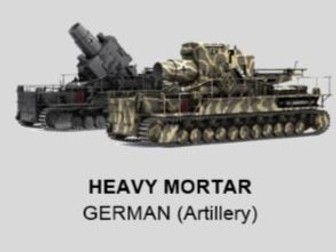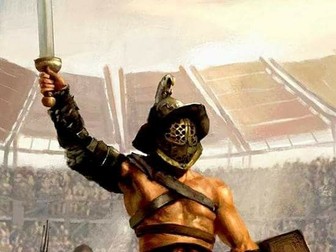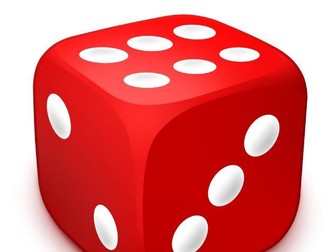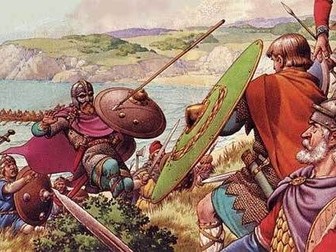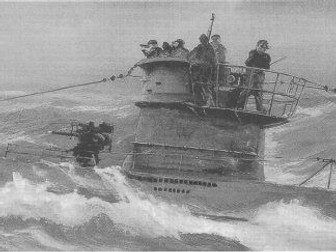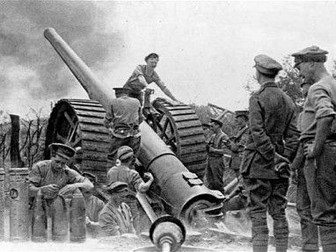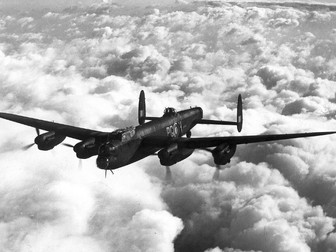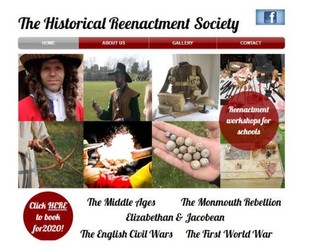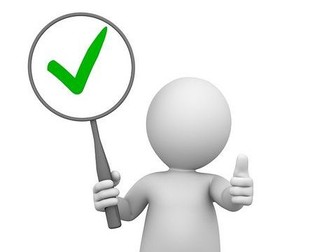
WW2 TOP TRUMPS
A great end of term game or an activity to give the children a flavour of just how much equipment and vehicles were used on all fronts during the Second World War. In this file, there are FIVE sets of Top Trumps.
Infantry weapons ranging from pistols to the dreaded MG42, from hand grenades to flamethrowers.
Tanks ranging from the early British Matilda 1 through to the King Tiger and the Russian IS-3.
Artillery & Anti Tank Weapons ranging from the bazooka to railway artillery.
Aircraft featuring iconic aircraft such as the Spitfire and Stuka and even a Russian Flying Tank!
Naval Top Trumps will include cards like: midget submarines, U-boats, the Tirpitz and the huge Yamato!
Fun for all ! Just print, cut out, laminate (not neccesary) and play!
